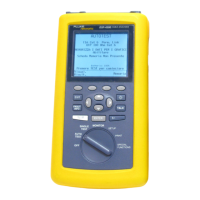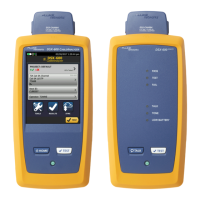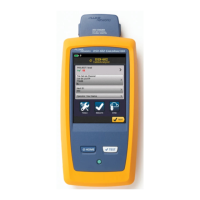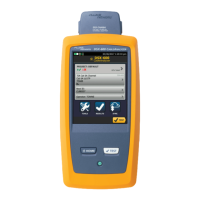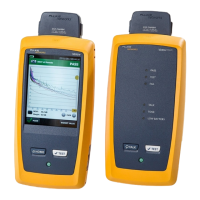DSP-4000 Series
Users Manual
7-26
RL
RL (return loss) is the difference between the power of a transmitted signal and the
power of the signal reflections caused by variations in the cable’s impedance. A
RL plot indicates how well a cable’s impedance matches its rated impedance over
a range of frequencies. High RL values mean a close impedance match, which
results in a large difference between the powers of transmitted and reflected
signals. Cables with high RL values are more efficient at transmitting LAN signals
because little of the signal is lost in reflections.
Good return loss is especially important for high-speed systems, such as Gigabit
Ethernet (IEEE 802.3x), that transmit full-duplex (bi-directional) data over
individual pairs. Full-duplex transceivers use directional couplers to distinguish
between incoming and outgoing signals. If a cable has poor return loss, the
couplers might interpret the reflected signals as incoming data, resulting in data
errors.
